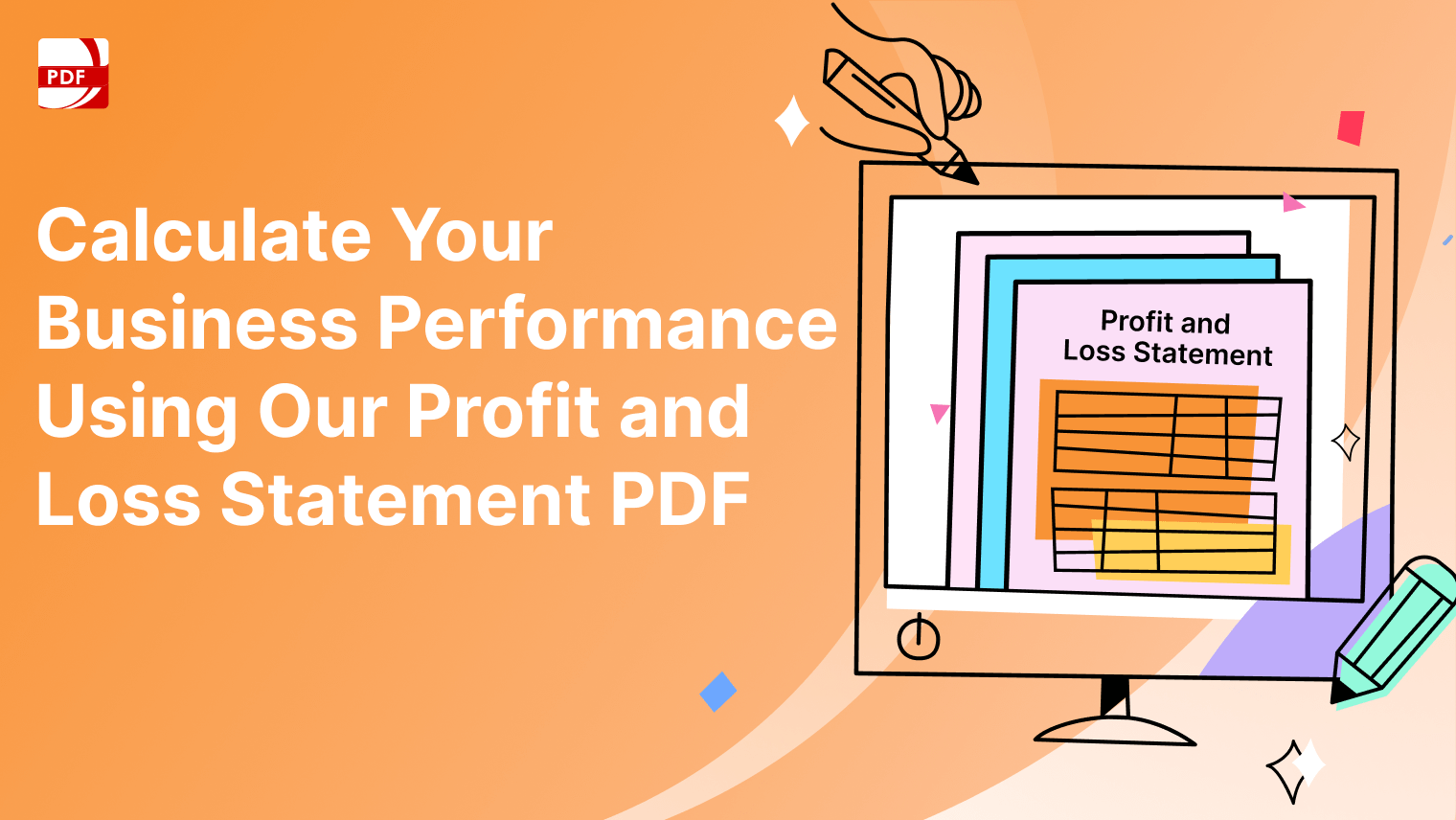An employment agreement is a crucial document that outlines the terms and conditions of employment between an employer and an employee.
A well-structured employment agreement not only helps avoid potential disputes but also ensures that both parties have a clear understanding of their rights and obligations.
1. The Agreement
1.1 Parties Involved
Begin the agreement by identifying the parties involved. Clearly state the name and address of the employer (company) and the employee.
1.2 Purpose of Agreement
Outline the purpose of the employment agreement, which is to formalize the terms of employment and to ensure clarity and mutual understanding.
2. Position and Duties
2.1 Job Title and Description
Specify the employee’s job title and provide a detailed description of their duties and responsibilities. This section helps define the scope of the employee’s role and ensures alignment with company expectations.
2.2 Reporting Structure
Indicate who the employee will report to and any relevant organizational hierarchy. This helps clarify lines of authority and accountability.
3. Terms of Employment
3.1 Duration
State whether the employment is for a fixed term or at-will. For fixed-term contracts, specify the start and end dates. For at-will employment, clarify that either party can terminate the employment at any time, with or without cause.
3.2 Probationary Period
If applicable, outline the duration and conditions of any probationary period. This allows both the employer and employee to assess whether the employment relationship is a good fit.
4. Compensation and Benefits
4.1 Salary and Wages
Detail the employee’s base salary or hourly wage, including payment frequency (e.g., weekly, bi-weekly, monthly). Mention any applicable overtime rates or additional compensation.
4.2 Bonuses and Incentives
Include information on any performance-based bonuses, commission structures, or other incentive programs.
4.3 Benefits
Outline the benefits provided, such as health insurance, retirement plans, paid time off (PTO), sick leave, and any other perks. Specify eligibility criteria and enrollment procedures.
5. Work Schedule and Location
5.1 Work Hours
Define the employee’s regular work hours and days of the week. Include information on any expectations regarding overtime, on-call duties, or flexible working arrangements.
5.2 Work Location
State the primary location where the employee will perform their duties. If remote work or travel is required, outline the terms and conditions associated with these arrangements.
6. Confidentiality and Intellectual Property
6.1 Confidentiality
Include a confidentiality clause to protect the employer’s proprietary information and trade secrets. Define what constitutes confidential information and the employee’s obligations to maintain confidentiality.
6.2 Intellectual Property
Specify the ownership of any intellectual property created during the course of employment. This typically includes inventions, designs, or other work products developed by the employee.
7. Termination and Resignation
7.1 Termination by Employer
Outline the conditions under which the employer can terminate the employment, including notice periods and any grounds for immediate termination (e.g., misconduct).
7.2 Resignation by Employee
Specify the notice period required if the employee chooses to resign. Include any procedures for submitting a resignation letter and transitioning responsibilities.
7.3 Severance
If applicable, detail any severance pay or benefits provided upon termination. Include conditions under which severance is offered.
8. Dispute Resolution
8.1 Grievance Procedure
Describe the process for addressing any workplace grievances or disputes. Include steps for internal resolution and the role of any relevant departments or individuals.
8.2 Arbitration or Mediation
If applicable, specify whether disputes will be resolved through arbitration or mediation, rather than litigation. Provide details on the procedures and any required agreements.
9. Miscellaneous Provisions
9.1 Governing Law
State the jurisdiction and laws that will govern the employment agreement. This is important in case of any legal disputes.
9.2 Amendments
Include a clause on how amendments to the agreement will be handled. Typically, amendments should be made in writing and signed by both parties.
9.3 Entire Agreement
Acknowledge that the agreement represents the entire understanding between the parties and supersedes any prior agreements or understandings.
9.4 Severability
Specify that if any provision of the agreement is found to be invalid or unenforceable, the remaining provisions will continue in full force.
Make edits to your very own employment agreement by downloading the latest version of PDF Reader Pro for Windows or Mac here:
A well-structured employment agreement is essential for fostering a positive working relationship and minimizing potential conflicts.
Always consider consulting with a legal professional to ensure that your employment agreement complies with relevant laws and regulations and meets the specific needs of your organization.



